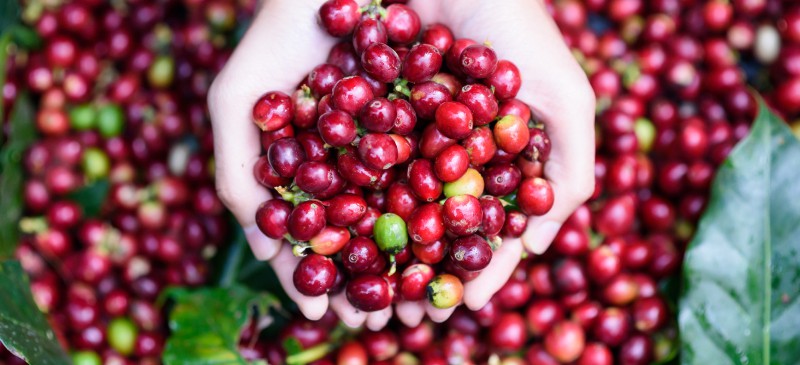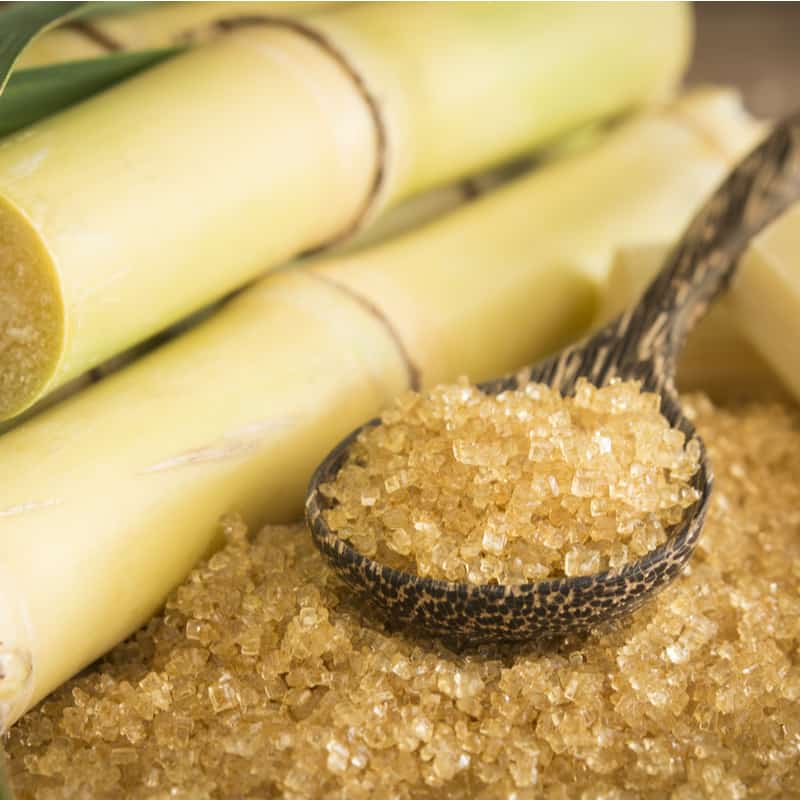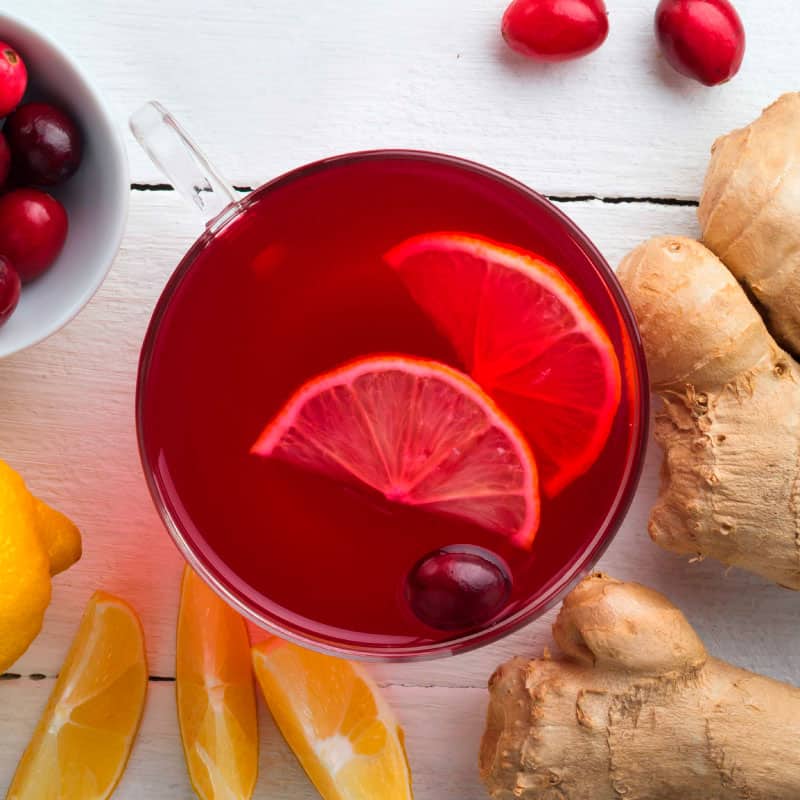This Dr. Axe content is medically reviewed or fact checked to ensure factually accurate information.
With strict editorial sourcing guidelines, we only link to academic research institutions, reputable media sites and, when research is available, medically peer-reviewed studies. Note that the numbers in parentheses (1, 2, etc.) are clickable links to these studies.
The information in our articles is NOT intended to replace a one-on-one relationship with a qualified health care professional and is not intended as medical advice.
This article is based on scientific evidence, written by experts and fact checked by our trained editorial staff. Note that the numbers in parentheses (1, 2, etc.) are clickable links to medically peer-reviewed studies.
Our team includes licensed nutritionists and dietitians, certified health education specialists, as well as certified strength and conditioning specialists, personal trainers and corrective exercise specialists. Our team aims to be not only thorough with its research, but also objective and unbiased.
The information in our articles is NOT intended to replace a one-on-one relationship with a qualified health care professional and is not intended as medical advice.
Coffee Fruit Nutrition vs. Coffee Beans: How Do They Compare?
January 15, 2025

Coffee beans are well-known for their rich aroma and full-bodied flavor, not to mention the jolt of extra energy and the wealth of health benefits they can provide thanks to coffee nutrition. The coffee fruit is often overlooked, however, and not only does this vibrant fruit house the super nutritious coffee bean, but it’s also jam-packed with antioxidants and health-promoting properties all its own, with studies showing that it potentially can boost brain power, fight cancer growth and improve immune function.
So what is coffee fruit extract, is coffee a fruit and should you consider adding this ingredient into your daily diet? Let’s break it down and take a closer look at what you need to know about this incredible ingredient.
What is coffee fruit?
Also sometimes referred to as the coffee cherry or coffee berry, the coffee fruit is a small, red or purple fruit that is produced by the coffee plant. Like peaches, plums and cherries, this superfruit is technically considered a stone fruit because it has a pit in the middle that contains raw coffee beans.
Coffee beans are actually classified as the seeds of coffee cherries and are well-known as the staple ingredient in coffee. In the production of coffee, the fruit of the coffee plant is typically discarded, and the beans are then roasted, ground and brewed into the familiar hot beverage that we all know and love.
In recent years, more and more research has confirmed the powerful health effects of the coffee fruit, and food manufacturers have begun taking notice, finding new ways to include it in drinks, supplements (including thermogenics) and even baked goods for a sustainable and antioxidant-rich treat.
It’s believed that the coffee bean was originally discovered by an Ethiopian goat herder named Kaldi in the year 850 A.D. According to popular legend, he noticed his goats chewing on a bright red berry and becoming increasingly energetic, which prompted him to sample the berries himself.
He later brought the coffee fruit to a nearby monastery, but the monks threw the berries into the fire, causing them to emit a delicious coffee aroma and leading to the brewing of the world’s first cup of coffee.
However, the first true documented discovery of the coffee plant wasn’t until around the 1500s in Yemen, and the plant was soon exported throughout many other parts of the world within just a few years.
Where is coffee grown today? In 1730, coffee was first cultivated in South America, which now accounts for about 45 percent of global coffee exports, with Brazil taking the lead as the top producer of the coffee bean.
Currently, it’s estimated that about 54 percent to 75 percent of adults in the United States drink coffee every day, with most consuming an average of about three cups daily and with new variations and brews, such as nitro coffee and decaf coffee, constantly emerging.
Unfortunately, the methods used in coffee production generally involve removing the coffee bean from the surrounding fruit and discarding massive amounts of antioxidant-rich coffee fruit, often dumping it into rivers or simply leaving it to rot.
Luckily, the food industry has recently started to find innovative, new ways to take advantage of the unique benefits that the coffee fruit has to offer while also using all parts of the coffee plant to help promote sustainability.
Coffee fruit vs. coffee beans
Coffee fruit is produced by the coffee plant and houses the coffee bean, which is typically extracted, roasted and used in the production of coffee. Most fruits contain two coffee beans, although a small amount contain just one and are believed to have a stronger, richer flavor than regular coffee beans.
How do these two compare in terms of nutrition and flavor? For starters, the coffee fruit caffeine content is significantly lower than the bean, which makes it a good option for those who are especially sensitive to the effects of caffeine and looking for an energizing alternative to coffee.
While both are loaded with antioxidants, they may contain differing amounts of certain antioxidant compounds. For instance, research has shown that roasting coffee beans diminishes levels of chlorogenic acids, which are natural plant compounds that act as antioxidants.
Finally, there are some definite distinctions in the way that these ingredients are commonly processed and consumed. While coffee beans are typically roasted and sold as either whole bean coffee or ground coffee, coffee fruit extract is usually added to supplements and drinks for some extra flavor and nutrients.
Health benefits
1. High in antioxidants
Antioxidants are powerful compounds present in a variety of fruits, vegetables and superfoods that help fight free radicals to protect against oxidative stress and damage to cells. Some studies have even found that adding more antioxidants to your diet can help reduce the risk of many chronic conditions, including coronary heart disease, cancer and diabetes.
Coffee fruit packs in a good amount of antioxidants in each serving to help optimize your health and prevent disease. According to a study published in the Journal of Agricultural and Food Chemistry, the amount of coffee antioxidants found in coffee fruit depends largely on the extraction method.
In fact, the study found that antioxidant activity in whole coffee fruit extracts was found to be up to 25-fold higher than in powders.
2. Promotes brain health
Brain-derived neurotrophic factor (BDNF) is a type of protein that is crucial to neuronal health, helping encourage the growth of new neurons in the brain and support the survival of existing brain cells. Not only that, but studies also have shown that BDNF may be especially important when it comes to long-term memory formation and storage.
Some research has found a significant relationship between coffee fruit extract and BDNF levels. For instance, a study published in the British Journal of Nutrition showed that treating subjects with whole coffee fruit concentrate powder increased levels of BDNF by a whopping 143 percent, which was significantly more than green coffee caffeine powder and grape seed extract powder.
Furthermore, a randomized, double-blind, placebo-controlled, cross-over pilot study found that whole coffee cherry extract could have positive neurophysiological effects in older adults with subjective cognitive impairment. Another randomized, double-blind, placebo-controlled study in healthy humans revealed acute cognitive performance and mood effects of coffeeberry extract.
3. May lower blood pressure
When you have high blood pressure, it puts extra strain on the heart, forcing it to work harder to pump blood throughout the body and slowly weakening the heart muscle over time.
Coffee fruit is rich in chlorogenic acid, a type of phenolic compound that’s been shown to help lower blood pressure and improve heart health. According to one small study out of Tokyo, consuming chlorogenic acids isolated from green coffee bean extract significantly reduced both systolic and diastolic blood pressure levels in people with high blood pressure and came with minimal side effects or adverse symptoms.

4. May promote fat-burning and weight loss
Coffee fruit and its components have shown potential for promoting fat loss and weight reduction in human studies.
A 12-week study involving 150 overweight individuals found that drinking coffee enriched with chlorogenic acid, a compound abundant in coffee fruit, significantly decreased both body and belly fat compared to a control group.
In a 24-week investigation conducted by Harvard T.H. Chan School of Public Health researchers, drinking four cups of coffee daily was associated with a modest 4% reduction in body fat.
A systematic review and meta-analysis concluded that increased caffeine intake was linked to reduced body mass index, weight and fat mass.
5. Supports healthy aging/longevity
Coffee fruit may support healthy aging and longevity through its effects on brain health and antioxidant properties.
A study involving 71 older adults with mild mental decline found that consuming coffee fruit extract for 28 days significantly reduced reaction time, suggesting potential benefits for cognitive function.
Further research has shown that coffee fruit concentrate can increase levels of brain-derived neurotrophic factor (BDNF) by 143% within two hours. BDNF is essential for the survival and growth of neuronal cells in the brain.
Coffee fruit also is rich in antioxidants, which help neutralize harmful free radicals that contribute to cell damage and chronic diseases associated with aging.
Other potential benefits:
- Could enhance immunity: Some studies have indicated that coffee fruit may have a powerful impact when it comes to your immune system, working to keep your body healthy and fend off disease and infection. Although research is currently mostly limited to animal models, one study did find that consuming coffee cherry extract was able to increase the activity of immune cells in mice. This could have major implications in the prevention of health and disease, although additional studies are needed to evaluate how coffee fruit may impact immune function for the general population.
- May have anti-cancer activities: One of the most impressive coffee fruit benefits is its potential ability to suppress the growth and spread of cancer cells. In fact, one promising animal model published in the journal Anticancer Research even found that coffee cherry extract was able to significantly reduce tumor growth in mice by nearly 54 percent after just 10 days. Keep in mind, though, that more research is still needed to understand how coffee fruit may affect cancer cells in humans.
Risks and side effects
Coffee fruit is considered very safe and associated with very few coffee fruit extract side effects. In fact, because the coffee fruit is significantly lower in caffeine than the coffee bean, it’s much less likely to cause caffeine overdose issues like jitters, anxiety or insomnia.
However, it is important to keep in mind that many drinks containing coffee fruit may also contain ingredients like erythritol.
What is erythritol? It is a sugar alcohol commonly used as an alternative to sugar to help reduce the caloric content of processed foods.
Although it’s generally considered safe and nontoxic, it’s often combined with artificial sweeteners and can cause gastrointestinal issues like diarrhea for some people when paired with fructose.
If you’re sensitive to its effects or notice any adverse symptoms after consumption, it’s best to keep intake in moderation to prevent digestive distress.
Uses
Wondering where to buy coffee fruit and how you can start adding it to your daily routine? Coffee fruit extract is widely available in supplement and liquid extract form from health shops and pharmacies alike.
Because of the mild yet slightly sweet coffee fruit taste, coffee extract is also sometimes used as an ingredient in antioxidant drinks or added to supplements for a quick boost of nutrition alongside other superfoods, like the acai berry.
Coffee fruit is also a main ingredient in cascara tea, which is made by steeping the flesh of the coffee fruit in hot water to let the flavor infuse and then straining and discarding the pulp for a soothing and delicious beverage.
You can also try using coffee flour, a gluten-free flour substitute that’s made from the pulp of discarded coffee fruits used in the production of coffee. It can be combined with other types of flour and boasts a nutty flavor, plus a good amount of protein, fiber, iron, potassium and antioxidants. It can easily be added to many baked goods and desserts to bump up the nutrient profile.
Recipes
Whether you choose to brew it up into a tea or make some simple swaps in your favorite baked recipes to give them a gluten-free twist, there are plenty of ways to enjoy coffee fruit in its many forms. Here are a couple tasty recipes to get you started:
Final thoughts
- Coffee fruit is produced by the coffee plant and is a red or purple berry that typically contains a pit with two coffee beans in the center.
- Studies have shown that coffee fruit is high in antioxidants and potentially can help boost brain health, promote fat burning, support longevity, enhance immunity and reduce blood pressure, plus potentially even fight the growth and spread of cancer cells, according to some animal studies.
- Unfortunately, the coffee fruit is often discarded in favor of the coffee beans nestled inside, which are typically extracted, roasted and ground up during the coffee-making process.
- Wondering where to buy coffee fruit extract? It’s commonly added to supplements, teas and antioxidant drinks that can be found at health food shops and pharmacies alike. It’s also available in flour form, which can be combined with other flours and swapped into a variety of recipes to give a nutritious boost to your favorite foods.









